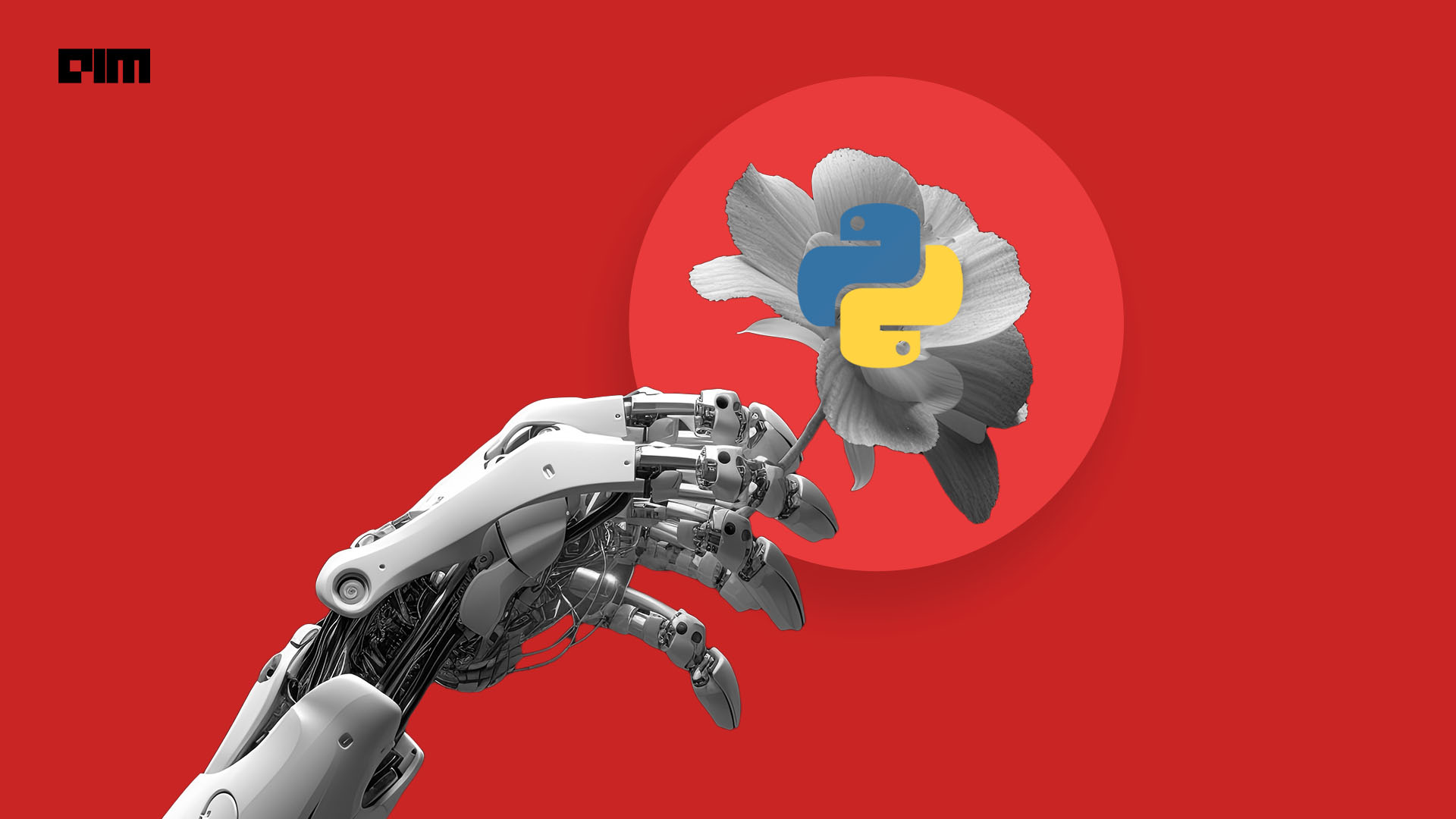|
Listen to this story
|
Yes, we are talking about Python. This modern programming language is ubiquitous in machine learning, data analysis and pretty much the entire tech ecosystem. If you scroll down papers with code you’ll find most of the research on machine learning is done using Pytorch, a framework built out of python. The language isn’t used only in research but also in scripting, automation, web development, testing etc. But why is the language so popular?
It has a simple and readable syntax which resembles natural language. With more than 137,000 libraries that include everything from data analysis, deep learning, computer vision, web development to name a few, Python serves as a general purpose language with a dynamic use case. Python enjoys a strong community support of active developers who contribute to the growth of the language by creating libraries, frameworks and tools, for example the Python Package Index (PyPi) which hosts thousands of third party packages that extend Python’s capabilities, enabling developers to solve complex problems efficiently.
Python and AI
Python is widely used to build AI models, more so than any other languages. The language is the second most used one because it is simple, direct, and easy to learn. Python also allows computationally expensive libraries to be written in C and then imported as Python modules, meaning users do not have to write in C which is more clunky and difficult to work with.
This is done with Python’s CFFI. This module allows Python to leverage libraries in C and combined with tools like Cython, allows developers to write Pythonic code while achieving speeds comparable to those of C, which is particularly useful for performance-critical applications. This is evident in its 30 million downloads per month.
Not limited to C but other programming languages that provide C-compatible interfaces, allowing interaction by creating a C layer around functions in these languages.
Most importantly, Python is better focused, as a community, on finding a Pythonic way to proceed, and then advocating it, than previous cultures. They have multiple independent communities of use: web, data science, ML, devops. They also built the right kind of libraries like Numpy and pandas (for data analysis and machine learning respectively) that sealed the deal for it in the scientific and research communities.
The language also saw massive support from corporates, Google invested heavily in building Tensorflow. While PyTorch is primarily developed and maintained by Facebook’s AI Research (FAIR) lab, which is part of Meta Platforms, Inc. It isn’t surprising that a bigger community usually means better support and more libraries, which feeds back into its growth of the massive community.
The Python Software Foundation has been responsible for maintaining and developing Python, and they are constantly adding new features and functionality. Users can be sure that the language will be supported with for the foreseeable future makes Python a good choice for AI development.
Other languages catching up?
While none of the other languages hold up to the breadth of development in Python, they are nonetheless used for specific purposes. Rust is gaining attention in AI development due to its focus on memory safety, performance, and concurrent programming. Rust is known for preventing common programming errors that can lead to security vulnerabilities. This is crucial for AI systems that handle sensitive data. Its memory management is more manual compared to Python, but this provides fine-grained control over resources.
Ruby’s adoption in AI is not as widespread as Python, but its ease of use and community support make it an attractive choice for AI development in certain contexts. Ruby has gained attention in AI development, especially in the context of web applications that leverage AI features. Ruby has libraries like TensorFlow.rb, which brings TensorFlow to the Ruby community, and other AI-related gems.
Python still remains a dominant force in AI development, with more than 275,495 companies using it. The language is beginner friendly while at the same time being used by experts for the development of AI thanks to its extensive documentation.
There are many languages you can use, but it's hard to find documentation for anything other than Python.
— Santiago (@svpino) August 26, 2023
That's why I think Python is the best bet to start learning.
The language has a bright future as it’s now being taught to children in schools, and now is a part of the curriculum for students as young as 7 years old.



















































































